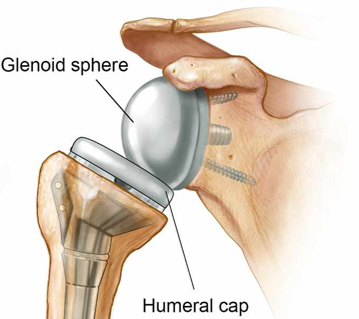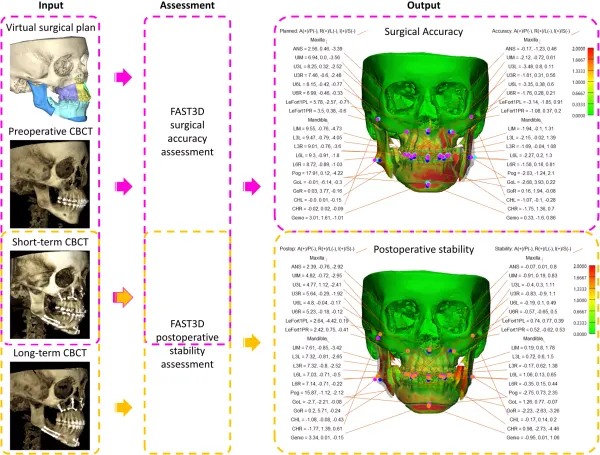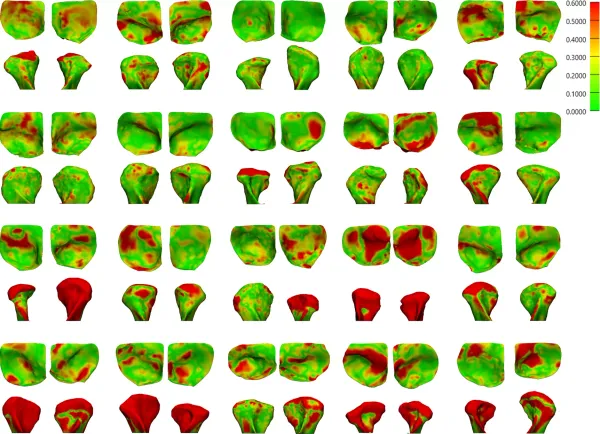Reverse total shoulder arthroplasty in younger patients (≤ 65 years) versus older patients (>65 years): short term results
Authors: Hanisch KWJ, Hvass I, Holte MB & Wedderkopp N
In: Program & Abstracts from DOS Congress 2020; 172:193
Link: DOS Congress 2020
Abstract
Background: Reverse total shoulder arthroplasty (RTSA) was originally designed for older patients with rotator cuff arthropathy and has over the years proven good results in this patient group. Therefor indications are expanding, and the prosthesis is now also used for osteoarthritis - with glenoid deformity, fracture sequela, rheumatoid arthritis etc. The age group is also expanding especially so that the prosthesis is now also used in younger patients, thus here is a concern that the RTSA might not prove as good results, as in the group of older patients as recent publications point to this. Ek el al from 2013 and S. Vancolen et al.
Purpose: The objective was to assess if there was a clinically relevant difference between RTAS in younger and older patients patients.
Materials and Methods: Younger patients, age below 65, and older patients, age above 65, receiving a RTSA from 2014 to 2020 with follow-up data at University Hospital of South West Jutland. WOOS and Constant score was used for assessing results. Continuous data are reported as means with standard deviations if normal distributed, else interquartile ranges, categorical data was reported as numbers and proportions. WOOS was dichotomized according to the Danish WOOS validation where a score higher than 50% (950) is considered “good”. Relative risk (RR) of patients reaching 50% in the age-groups were compared. Bivariate comparisons and multivariate analyzes was performed mixed linear and poisson regression with robust SE.
Findings: 566 RTSA, 366 females and 200 males. Clinically relevant improvements were found, and there was a multivariate statistically significant but not clinically relevant difference in the change over time between groups, 12 months WOOS was 58 in the young and 71 in the older age-group, Constant score change was 44 in the young compared to 43 in the older age group. The young age-group had a non significant RR of 1.8 of not reaching good WOOS compared to the old age-group.
Conclusions: RSA in younger patients seem to be a safe procedure with good results, that provides clinically relevant improvement in both WOOS and Constant scores.





